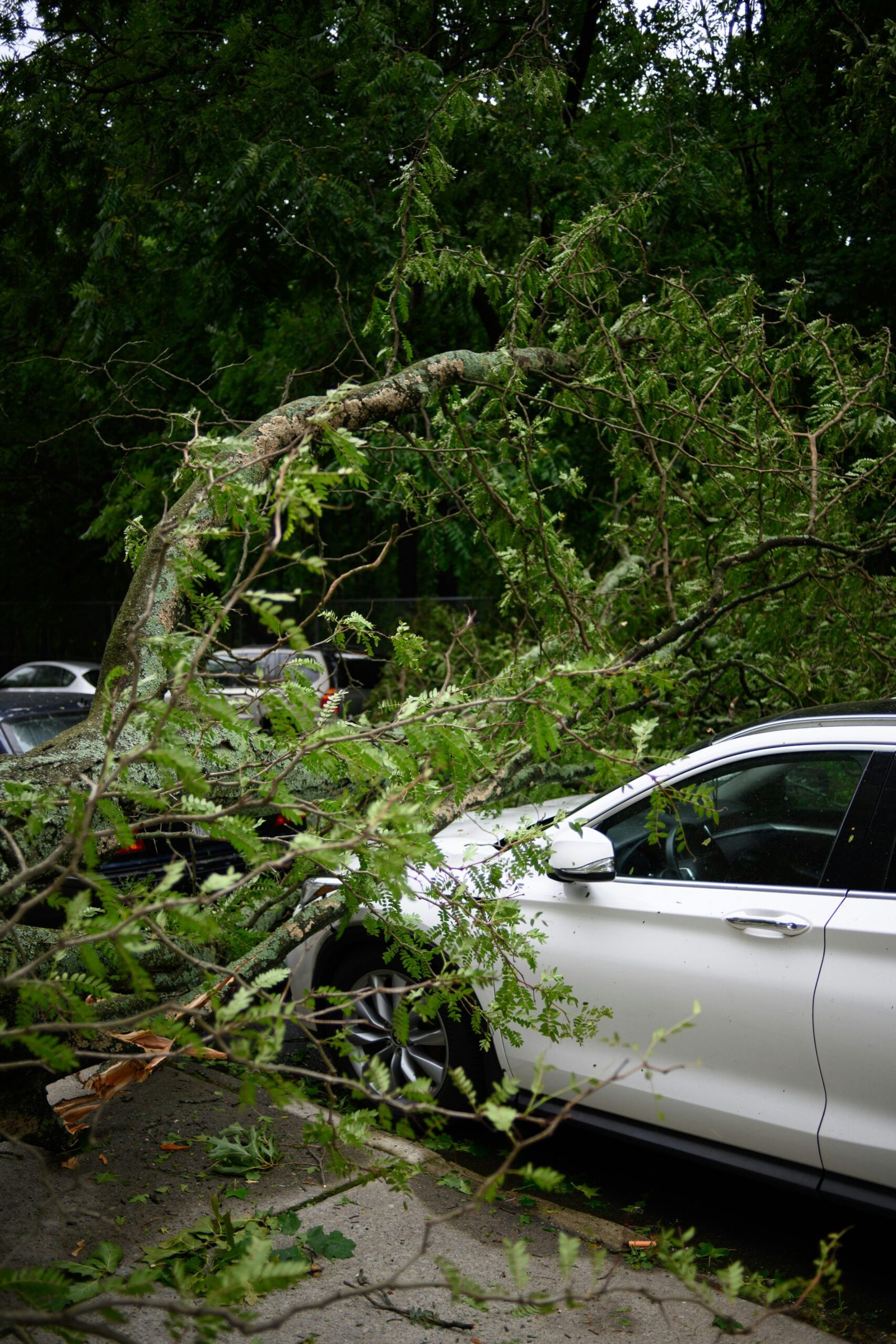The Dangers of Fall Accidents: How to Protect Yourself
When it comes to accidents, falls are one of the most common and dangerous occurrences. Whether it happens at home, work, or in public spaces, a fall can lead to serious injuries and even fatalities. It is important to understand the dangers of fall accidents and take necessary precautions to protect yourself and your loved ones. In this blog post, we will explore the various hazards that can cause falls and provide practical tips on how to prevent them.
The Hazards That Cause Falls
Falls can happen due to a wide range of hazards. Understanding these hazards is the first step in preventing fall accidents. Here are some common hazards that can cause falls:
1. Uneven Surfaces
Uneven surfaces, such as cracked pavements, potholes, or uneven flooring, can pose a significant risk of falls. When walking or running on these surfaces, it is easy to trip and lose balance, leading to a fall. It is important to be aware of your surroundings and watch out for any uneven surfaces.
2. Slippery Floors
Wet or slippery floors are another common cause of fall accidents. Spills, leaks, or recently cleaned floors can become slippery and increase the risk of falls. It is important to use caution when walking on wet surfaces and to report any spills or leaks to the appropriate authorities.
3. Poor Lighting
Inadequate lighting can make it difficult to see obstacles or hazards, increasing the chances of a fall. Poorly lit staircases, hallways, or outdoor areas can be particularly dangerous. It is important to ensure that all areas are well-lit, and if necessary, use additional lighting sources such as flashlights or nightlights.
4. Cluttered Walkways
Cluttered walkways, both indoors and outdoors, can increase the risk of falls. Objects such as toys, cables, or debris can obstruct the path and cause tripping hazards. It is important to keep walkways clear and free from any obstacles.
5. Lack of Handrails
Handrails provide support and stability, especially on staircases or ramps. The absence of handrails or poorly maintained ones can increase the risk of falls, especially for older adults or individuals with mobility issues. It is important to ensure that handrails are present and in good condition.
6. Improper Footwear
Wearing inappropriate footwear can also contribute to fall accidents. Shoes with worn-out soles, high heels, or slippery materials can increase the risk of losing balance and falling. It is important to wear sturdy, well-fitting shoes with good traction to prevent falls.
Tips to Prevent Fall Accidents
Now that we have identified the hazards that cause falls, let’s explore some practical tips on how to protect yourself:
1. Keep Your Home Safe
Make sure your home is free from hazards that can cause falls. Remove any clutter from walkways, secure loose rugs or carpets, and fix any uneven surfaces. Install handrails on staircases and in bathrooms. Use non-slip mats in the bathroom and kitchen. Keep frequently used items within easy reach to avoid using step stools or ladders.
2. Use Proper Lighting
Ensure that all areas in and around your home are well-lit. Install bright lights in staircases, hallways, and outdoor areas. Use nightlights in bedrooms and bathrooms. Replace any burnt-out bulbs promptly. Consider using motion sensor lights in outdoor areas to provide better visibility at night.
3. Wear Appropriate Footwear
Choose footwear that provides good support and traction. Avoid high heels, slippery soles, or worn-out shoes. Opt for shoes with non-slip soles and a comfortable fit. If you have specific foot conditions, consult with a podiatrist to find the right footwear for your needs.
4. Be Mindful of Wet Surfaces
Exercise caution when walking on wet or slippery surfaces. Use handrails whenever available. If you encounter a wet floor, walk slowly and take smaller steps. Consider using non-slip mats or rugs in areas prone to spills or moisture, such as the kitchen or bathroom.
5. Stay Active and Maintain Strength
Regular exercise and strength training can help improve balance and coordination, reducing the risk of falls. Engage in activities that focus on balance, such as yoga or tai chi. Consult with a healthcare professional or a qualified trainer to develop an exercise routine that suits your abilities and needs.
6. Regularly Check and Maintain Your Vision
Regular eye exams are essential for maintaining good vision. Poor vision can increase the risk of falls, especially in older adults. Ensure that you have the appropriate prescription for your glasses or contact lenses. If you notice any changes in your vision, consult with an eye care specialist.
7. Be Cautious in Public Spaces
When out in public, be mindful of your surroundings. Watch out for uneven surfaces, slippery floors, or poorly lit areas. Use handrails when using stairs or escalators. Report any hazards or spills to Fall Accidents the appropriate authorities. If you notice any hazards that pose a risk to others, consider informing the property owner or manager.
Conclusion
Fall accidents can have serious consequences, but by understanding the hazards and taking necessary precautions, you can protect yourself and reduce the risk of falls. Keep your home safe, use proper Fall Accidents lighting, wear appropriate footwear, and stay active to maintain strength and balance. By being mindful of your surroundings and taking proactive measures, you can prevent fall accidents and ensure the safety of yourself and your loved ones.
